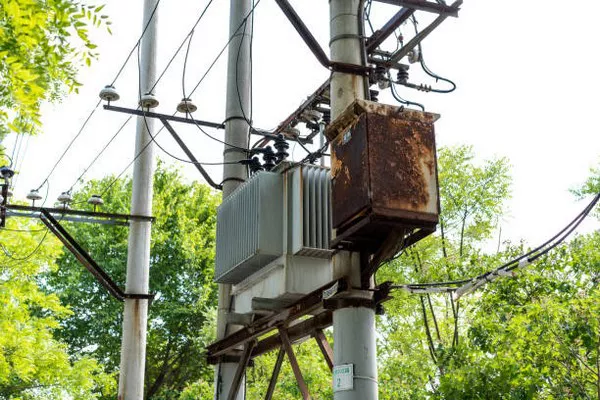In the realm of electrical engineering, transformers play a pivotal role in the efficient transmission and distribution of electrical power. These devices are crucial components in power systems, enabling voltage regulation, impedance matching, and overall system reliability. There are various types of transformers designed to cater to specific applications, each possessing unique characteristics and functionalities. In this article, we will delve into the three primary types of transformers: power transformers, distribution transformers, and instrument transformers.
Power Transformers:
Power transformers are the backbone of electrical power systems, responsible for transmitting electrical energy across long distances with minimal loss. These transformers are characterized by their high power ratings and are typically employed in power generation plants and high-voltage transmission networks.
One of the key features of power transformers is their ability to step up or step down voltage levels. Step-up transformers increase the voltage for efficient long-distance transmission, while step-down transformers reduce the voltage to safer and more manageable levels for distribution and end-user consumption. The transformation of voltage is achieved through the principles of electromagnetic induction.
Power transformers consist of a primary winding, a secondary winding, and a magnetic core. The primary winding is connected to the power source, while the secondary winding is connected to the load or the next stage of the power system. The magnetic core enhances the transformer’s efficiency by providing a low-reluctance path for the magnetic flux, facilitating effective energy transfer.
These transformers come in various designs, such as shell-type and core-type, depending on the arrangement of the windings and the core. Power transformers are crucial for maintaining grid stability, ensuring the efficient utilization of electrical energy, and preventing excessive losses during transmission.
Distribution Transformers:
While power transformers focus on transmitting electricity over long distances, distribution transformers play a vital role in supplying power to end-users, ensuring that voltage levels are suitable for residential, commercial, and industrial applications. These transformers are located closer to the end-users, either on utility poles or in dedicated substations.
Distribution transformers are characterized by lower power ratings compared to power transformers, as they are involved in the final stages of power distribution. They typically step down the voltage from the distribution network to levels suitable for consumer use. The standard voltage levels for distribution transformers include 11 kV, 6.6 kV, and 3.3 kV on the primary side, with a secondary voltage of 415 V on the secondary side for industrial applications and 230 V for residential and commercial purposes.
One of the key features of distribution transformers is their ability to handle varying loads efficiently. They are designed to operate at or near full load most of the time, making them suitable for diverse and dynamic distribution networks. Additionally, distribution transformers incorporate features like on-load tap changers to adjust the output voltage and compensate for variations in the supply voltage.
Distribution transformers contribute to the reliability and stability of local power grids, ensuring that electricity is delivered efficiently to homes, businesses, and industries. Their widespread deployment in urban and rural areas makes them an essential component of the overall power distribution infrastructure.
Instrument Transformers:
Instrument transformers are a specialized category designed to provide accurate measurement and protection of electrical quantities within power systems. These transformers are utilized in conjunction with measuring instruments, relays, and protection devices to monitor and control various parameters, such as voltage and current.
There are two main types of instrument transformers: current transformers (CTs) and potential transformers (PTs). Current transformers are responsible for stepping down high currents to levels suitable for measurement and protection devices. They are commonly used in conjunction with ammeters, wattmeters, and protective relays. On the other hand, potential transformers step down high voltages, enabling the accurate measurement of voltage levels with instruments like voltmeters and providing voltage inputs to protective relays.
Instrument transformers ensure the safety of personnel and equipment by isolating measuring and protection devices from the high voltages and currents present in power systems. They also enhance the accuracy of measurements and contribute to the overall efficiency and reliability of power system monitoring and control.
See Also Is Transformer Oil Flammable? A Comprehensive Analysis
Conclusion:
In conclusion, transformers are indispensable components of electrical power systems, facilitating the efficient transmission, distribution, and utilization of electrical energy. Power transformers, distribution transformers, and instrument transformers each serve distinct roles in ensuring the reliability, safety, and performance of power systems. Understanding the characteristics and applications of these three types of transformers is essential for engineers and professionals in the field of electrical engineering, contributing to the continued advancement and optimization of power infrastructure worldwide.

